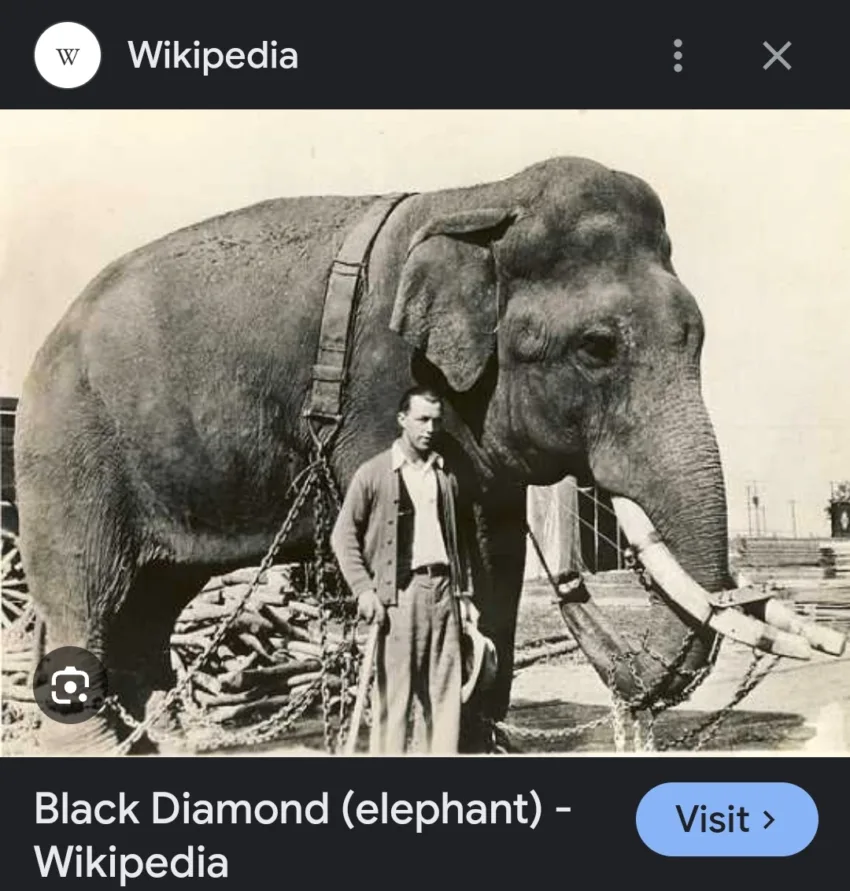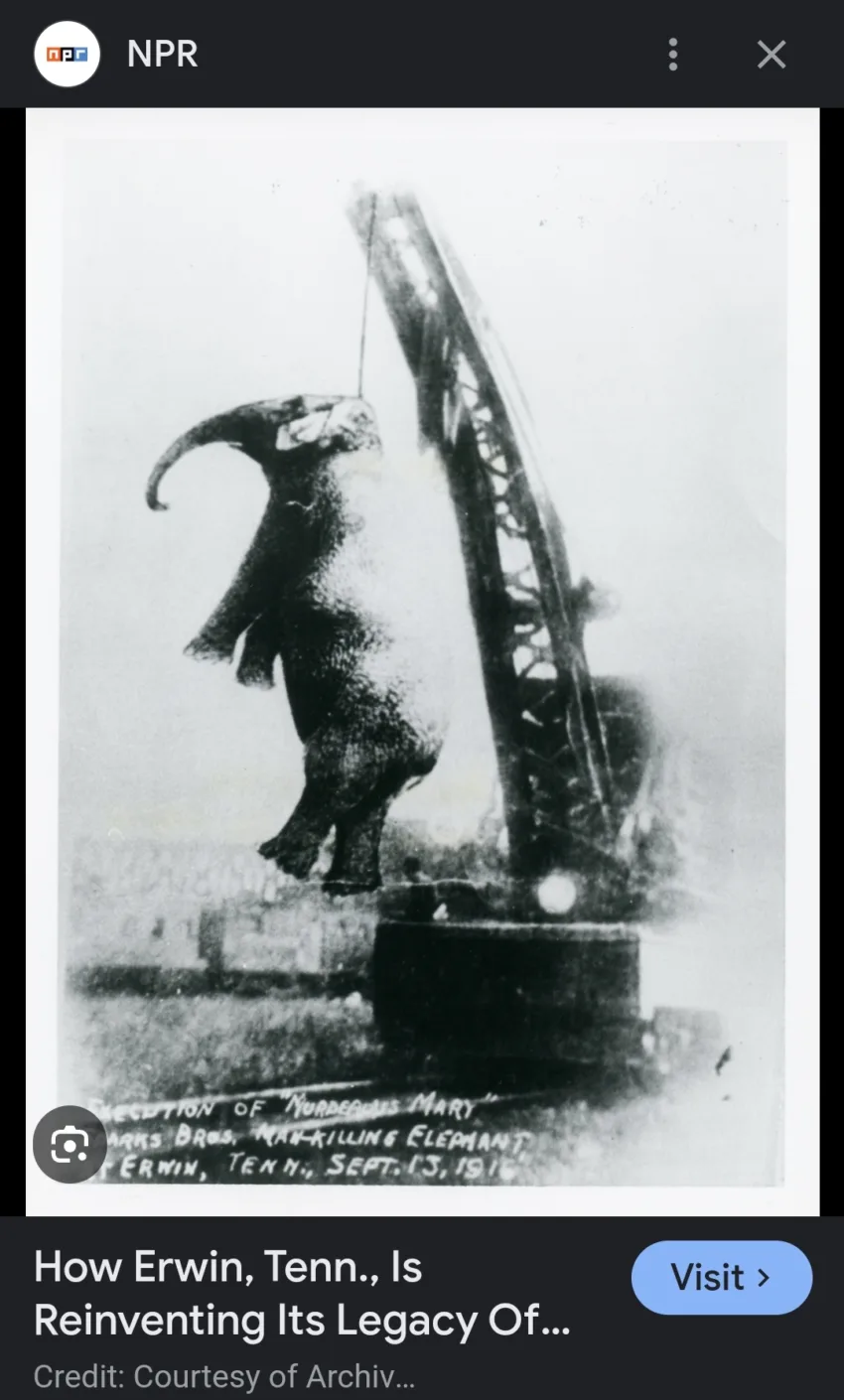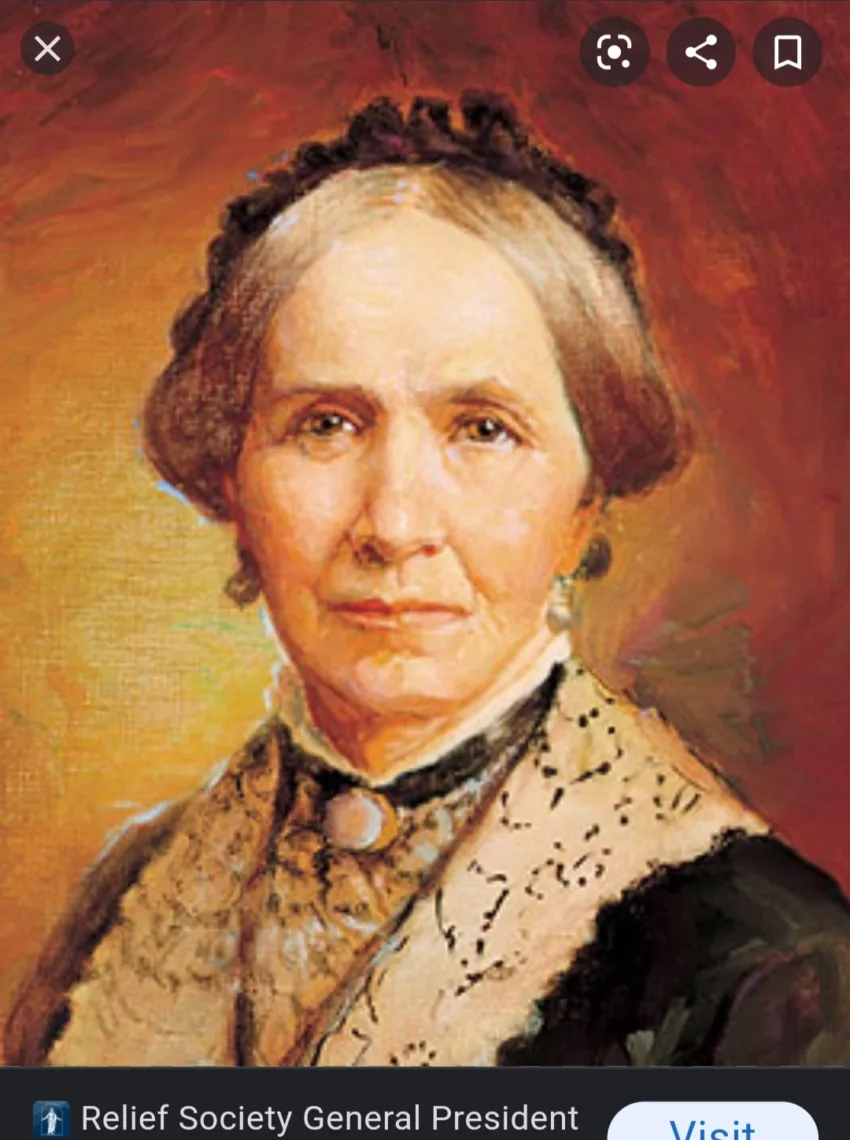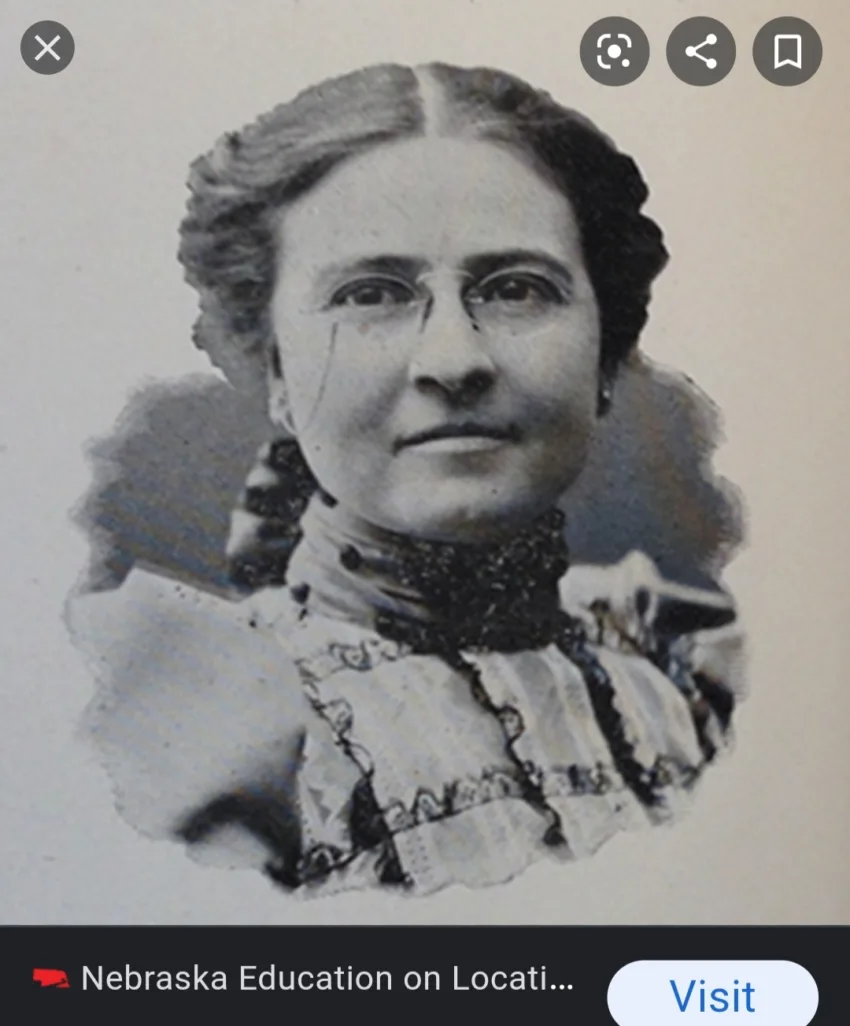7: Kabosu かぼす The Real Doge Dog Born: c.2005, Japan Kabosu is a now very old Shiba Inu dog who lives with her family in Japan. Her image was used to create the “Doge” meme many years ago. At one point in her life, Kabosu was just another dog living in a shelter, threatened with…
Category: Birth Locations
6) El Chango
6: El Chango The Mexican Drug Cartel Monkey Born: c.2021, Presumably Mexico Died: June 2022, Texcaltitlán, Mexico The story of El Chango, or El Changuito (depending on the source) went viral after his death. Photos flooded the internet of a small spider monkey wearing a tactical vest and camouflage. The poor little guy evidently belonged…
5) Smoky
5: Smoky Wynne The First Known Therapy Dog Born: c.1943, New Guinea Died: 1957, Cleveland, Ohio, United States of America Smoky served the American forces in World War II. She was dubbed America’s “smallest” soldier—standing only seven inches tall and weighing approximately four pounds. Smoky survived eighteen months of combat and never lost her fighting…
4) Black Diamond the Elephant
4: Black Diamond the Elephant Circus Elephant Born: c.1898, Southeast Asia Died:16 October 1929, Just Outside Kenedy, Texas, United States of America Also Known As: Tusko or Congo Black Diamond was a male Indian elephant owned by the AI G Barnes Circus. He reportedly weighed somewhere between six and nine tons and was called the…
3) Mary the Elephant
3: Mary the Elephant Born: c.1894, Southeast Asia Died: 13 September 1916, Erwin, Tennessee Mary was an Asian elephant who performed with the Sparks World Famous Shows circus, which traveled by railroad all over the country. She was purchased by the Sparks circus at the age of four and spent the remainder of her life…
Mozambique’s Own
These are the entries that were born in the African country of Mozambique. Entries: Tyke the Elephant, Circus Performer
2) Tyke the Elephant
2: Tyke the Elephant Circus Elephant Remembered for Her Traumatic Death Born: c.1973, Mozambique Died: 20 August 1994, Honolulu, Hawaii, United States of America Tyke was a female African Bush Elephant who was horrifically shot and killed by Hawaiian police. Tyke was captured as a baby from her homeland of Mozambique in Africa. African elephants…
1) Topsy the Elephant
1: Topsy the Elephant Elephant Circus Performer Remembered for Being Electrocuted by Thomas Edison Born: c.1875, Southeast Asia Died: 4 January 1903, Coney Island, New York, United States of America Topsy was one of several animals electrocuted using alternating current electricity. Topsy has long been seen as one of his many victims in what was…
1200) Zina Young
1200: Zina D H Young Third General President of the Relief Society of the Church of Jesus Christ of Latter-Day Saints Born: 31 January 1821, Watertown, New York, United States of America Died: 28 August 1901, Salt Lake City, Utah, United States of America “Sisters, it is for us to be wide awake to our…
1199) Susette Tibbles
1199: Susette la Flesche Tibbles Omaha Native American Author and Activist Born: 1854 AD, Omaha Reservation (Present-day Bellevue, Nebraska, United States of America) Died: 26 May 1903 AD, Omaha Reservation (Present-day Bancroft, Nebraska, United States of America) Omaha Name: Inshata Theumba (or “Bright Eyes” in English) “It’s all a farce when you say you’re trying…









